Mapping the Mythic Psyche: Beebe’s 8-Function Model
The Myers-Briggs Type Indicator (MBTI) is a widely used tool for understanding individual differences in personality. However, when combined with John Beebe’s model of the eight cognitive functions, it becomes a powerful lens for exploring the deep structures of the psyche [1]. Beebe’s model maps the functions to archetypal roles, illuminating the mythic patterns, emotional complexes, and developmental challenges that shape our experience.
The Eight Function Model
Beebe’s model posits that each of the eight function-attitudes (Se, Si, Ne, Ni, Te, Ti, Fe, Fi) plays a specific role in the psyche, forming a “spine” of consciousness [2]. The first four functions comprise the ego-syntonic “heroic” realm, while the second four represent the ego-dystonic “shadow” realm [3].
- The Hero/Heroine (dominant) embarks on the journey to actualize the Self.
- The Good Parent (auxiliary) supports and nurtures the budding ego.
- The Puer/Puella (tertiary) seeks magical solutions and eternal youth.
- The Anima/Animus (inferior) mediates the encounter with the unconscious.
- The Opposing Personality (5th) challenges the hero to grow beyond egocentrism.
- The Senex/Witch (6th) forces a confrontation with mortality and limits.
- The Trickster (7th) subverts inflation through humor and reversals.
- The Demon/Daimon (8th) guards the treasure of the Self, or destroys it.
By understanding which functions play these roles for each type, we gain insight into the deep myths, fears, and potentials driving their behavior.
Extrapolating Emotional Cosmology
Each function-archetype carries implicit beliefs about reality, rooted in the core needs and vulnerabilities of that function [4]. An Fi-dominant hero (e.g. INFP) may inhabit a cosmos of subjective values, authenticity, and the sacredness of individual feelings. Their demon Ti might embody a world of cold logic, dehumanizing systems, and the threat of nihilistic despair.
In contrast, a Te-dominant hero (e.g. ENTJ) may live in a universe of objective facts, productive hierarchies, and the heroic mastery of nature. Their demon Fi could represent the danger of moral relativism, irrational emotions, and the failure of meaning. By articulating the cosmology of each function-attitude, we appreciate the radically different lenses through which people apprehend their worlds.
Political & Cultural Analysis
This approach can be scaled up to explore the archetypal energies animating political movements, cultural eras, and ideological conflicts [5]. The dominant function represents the collective heroic myth, the inferior its unacknowledged shadow. For example, the “woke” social justice left leads with Fi values and Ti critical theory, but carries the shadow of Fe political conformity and Se power dynamics. The alt-right leads with Te hierarchy and Si tradition, but projects the shadow of Ne “cultural Marxism” and Ni Jewish conspiracies.
Applying the Beebe model depolarizes such conflicts by recognizing the partial truths and shadow projections on all sides. It contextualizes ideological positions within larger developmental patterns, promoting curiosity and nuance over caricature and demonization. As Beebe himself put it, “The ability to understand the archetypal roles through which our functions operate can help us achieve greater empathy for ourselves and others” [6].
Deconstructing Fictional Cosmologies
Fictional worlds and characters are shaped by their authors’ function hierarchies, often unconsciously [7]. Tolkien’s Middle-earth reflects an Si mythological cosmos and Fe communitarian values, with the shadow of Ni technological domination. Lovecraft’s universe embodies a Ti structural nihilism and Se “cosmic indifferentism”, with the shadow of Fe sentimental humanism. Le Guin’s Earthsea operates within an Fi subjective idealism and Ne ecological holism, with the shadow of Te masculine power and Se material exploitation.
By delineating these cosmologies, we uncover the psychological infrastructure of imaginal realms, and the implicit emotional truths they express about the archetypal Self. We also witness how great authors alchemize their own type patterns into universal mythic imagery, tapping into the “collective unconscious” of the psyche [8].
Therapeutic & Transformational Praxis
For therapists and healers, the Beebe model offers a rich symbolic vocabulary for exploring clients’ inner worlds and facilitating individuation [9]. It helps reframe pathological behavior as unrecognized myth-making, and points the way to reconciling opposing energies within the Self. Clients learn to dialogue with their subpersonalities, withdraw shadow projections, and embrace the full spectrum of their being.
The model is also invaluable for writers developing psychologically complex characters and emotionally resonant themes [10]. By constructing the function stack and backstory of a fictional persona, authors ensure authentic motivations, conflicts, and growth arcs. They can show, not just tell, the character’s journey from unconscious identification with a single heroic function to conscious integration of multiple archetypal energies.
References
- Beebe, J. (2004). “Understanding Consciousness Through the Theory of Psychological Types.” Analytical Psychology: Contemporary Perspectives in Jungian Analysis, ed. Joseph Cambray and Linda Carter. Hove, England: Routledge.
- Beebe, J. (2016). Energies and Patterns in Psychological Type: The Reservoir of Consciousness. London: Routledge.
- McAlpine, R. (2013). The Eight Function Model: Understanding the Archetypes of Psychological Type. Journal of Analytical Psychology, 58, 132-133.
- Shumate, C. (2021). Personality Qualities and the Archetypal Model of the Psyche. Jung Journal, 15(1), 43-63.
- Haas, L. & Hunziker, M. (2011). Building Blocks of Personality Type: A Guide to Discovering the Hidden Secrets of the Personality Type Code. Temecula, CA: TypeLabs.
- Beebe, J. (2005). “Evolving the 8-Function Model.” Bulletin of Psychological Type, 28(2), 34-39.
- Mark, Margaret and Pearson, Carol. 2001. The Hero and the Outlaw: Building Extraordinary Brands Through the Power of Archetypes. New York: McGraw-Hill.
- Jung, C.G. (1969). The Archetypes and the Collective Unconscious (Collected Works Vol. 9i). Princeton, NJ: Princeton University Press.
- Dezelic, M.S. (2021). Jungian Typology in Psychotherapy: A Framework for Enhancing Client Insight and Therapeutic Effectiveness. Journal of Analytical Psychology, 66(3), 473-496.
- Schmidt, V. (2001). 45 Master Characters: Mythic Models for Creating Original Characters. Cincinnati, Ohio: Writer’s Digest Books.
- Beebe, J. (2006). Psychological Types. In R.K. Papadopoulos (Ed.), The Handbook of Jungian Psychology: Theory, Practice and Applications (pp. 130-141). New York, NY: Routledge.
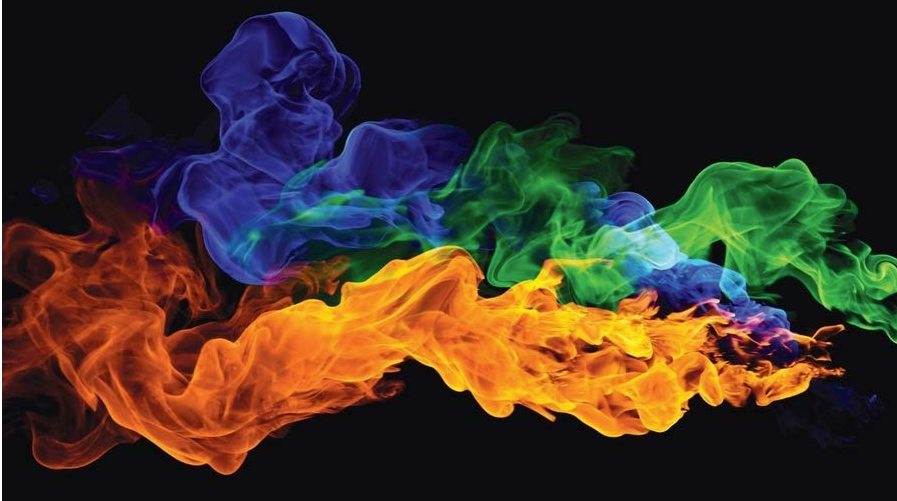

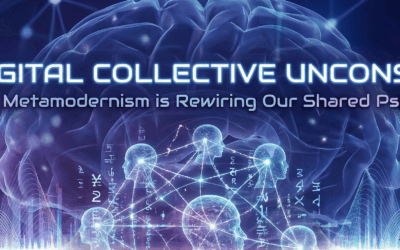

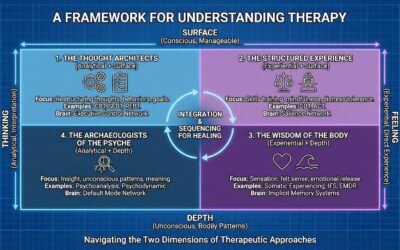
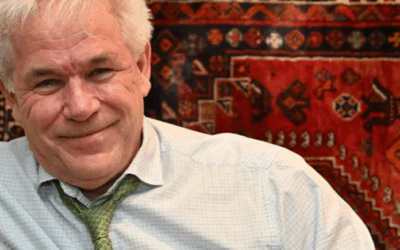

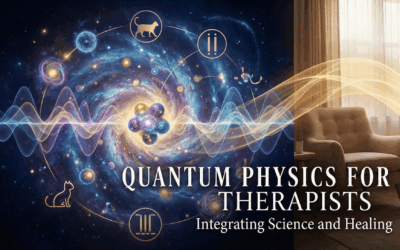
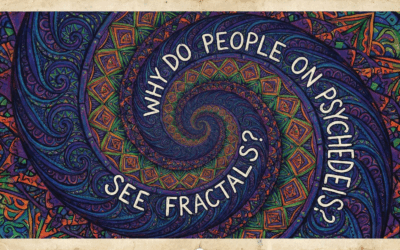


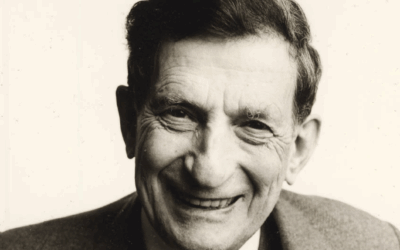


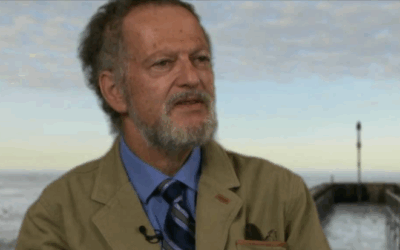
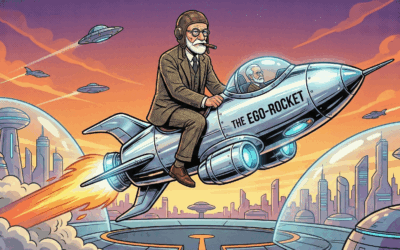
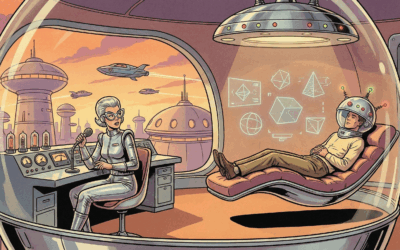


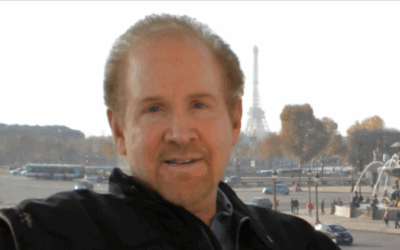



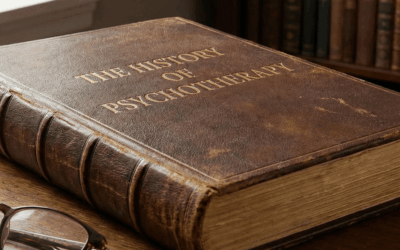
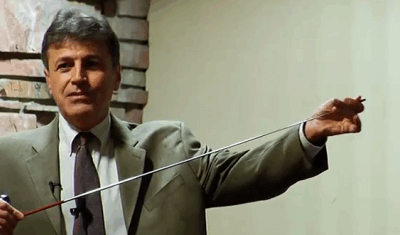
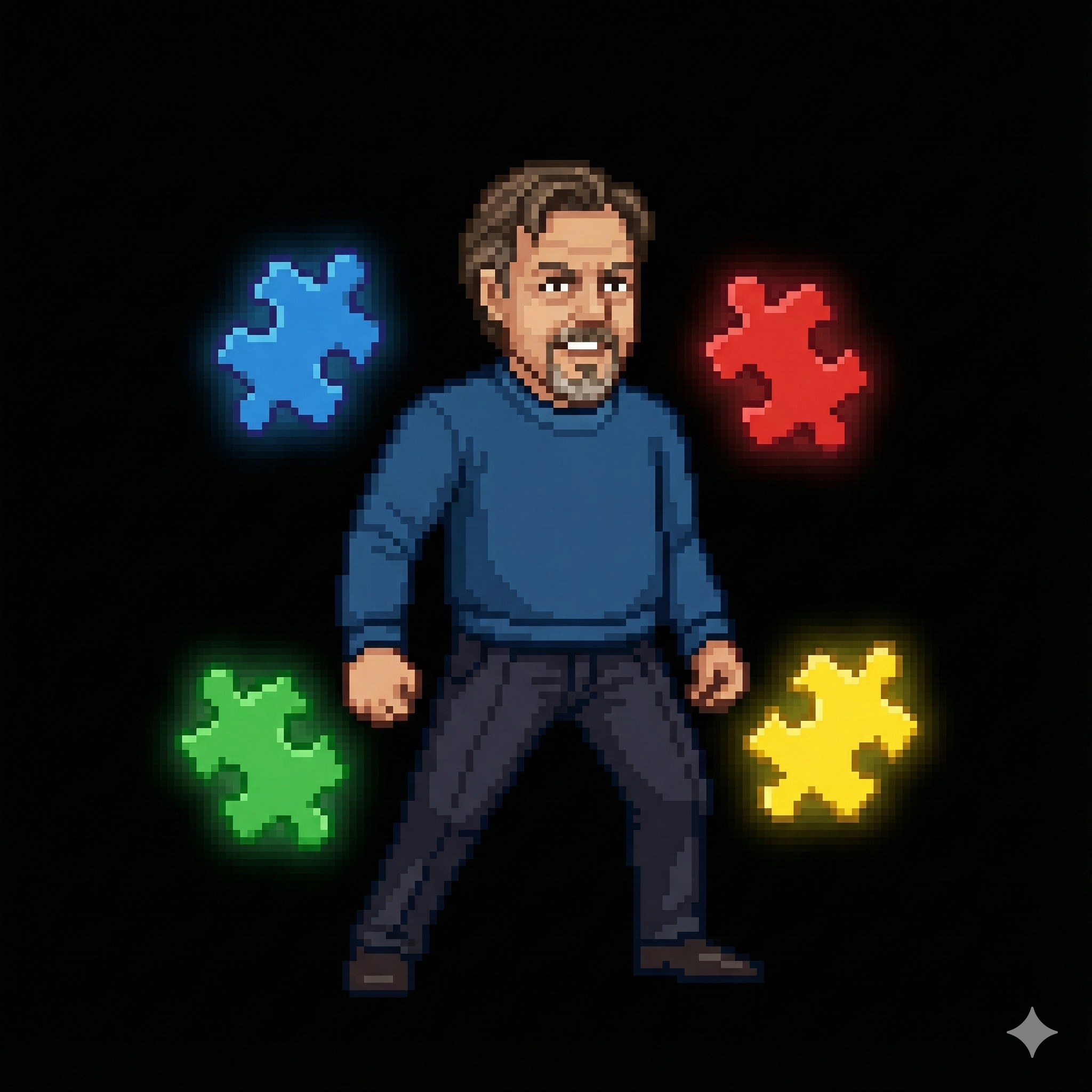
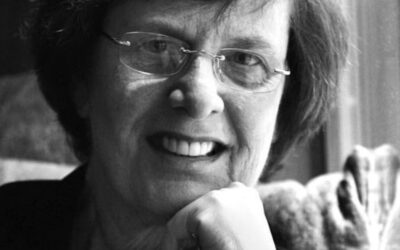
0 Comments